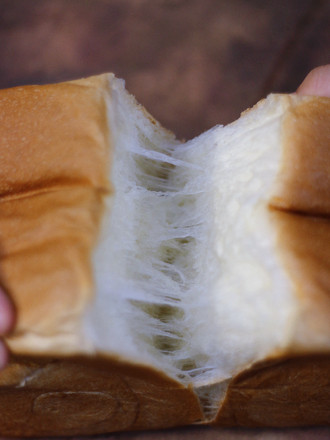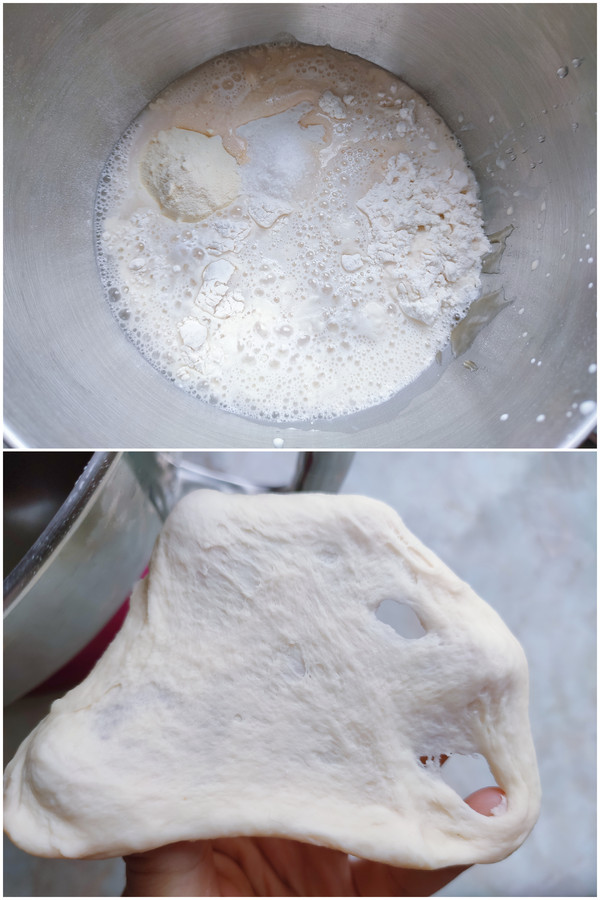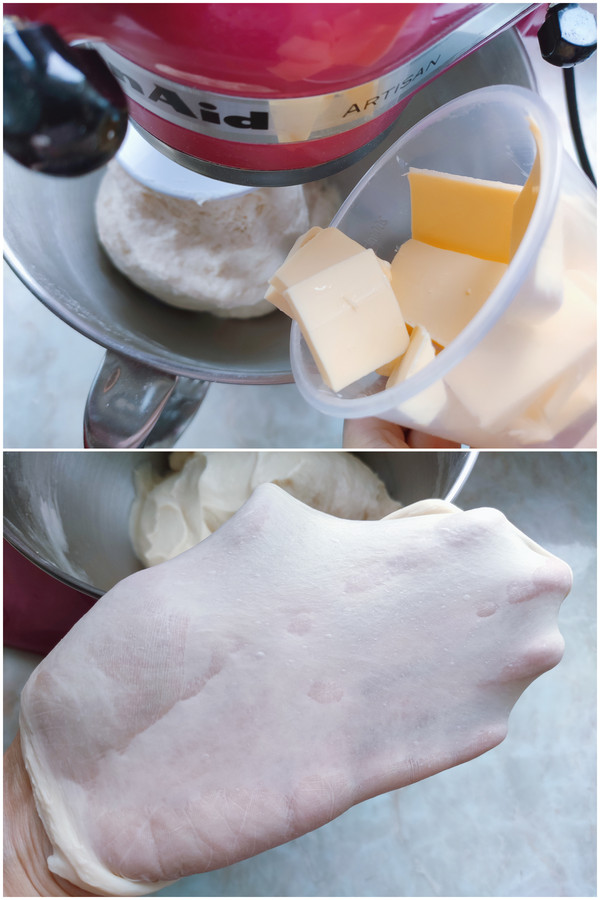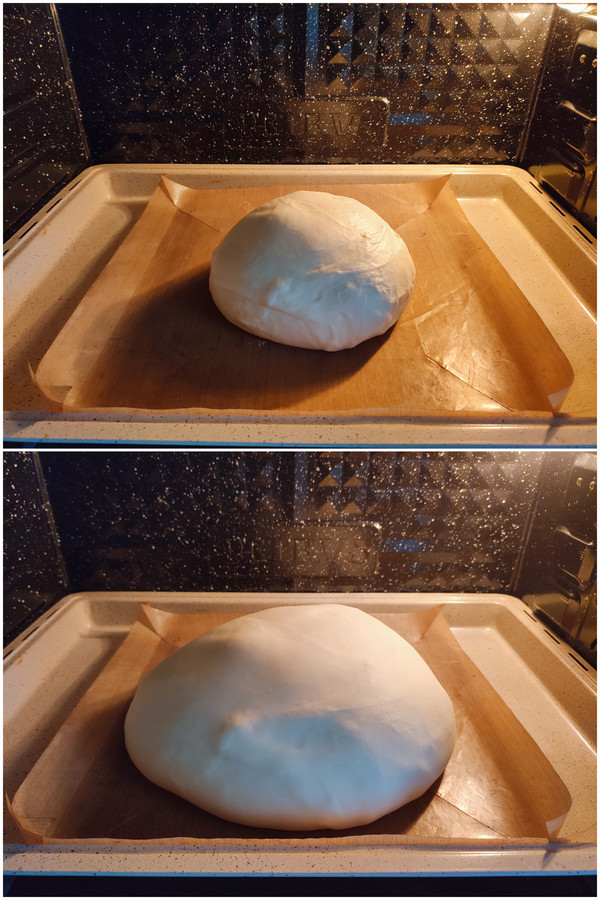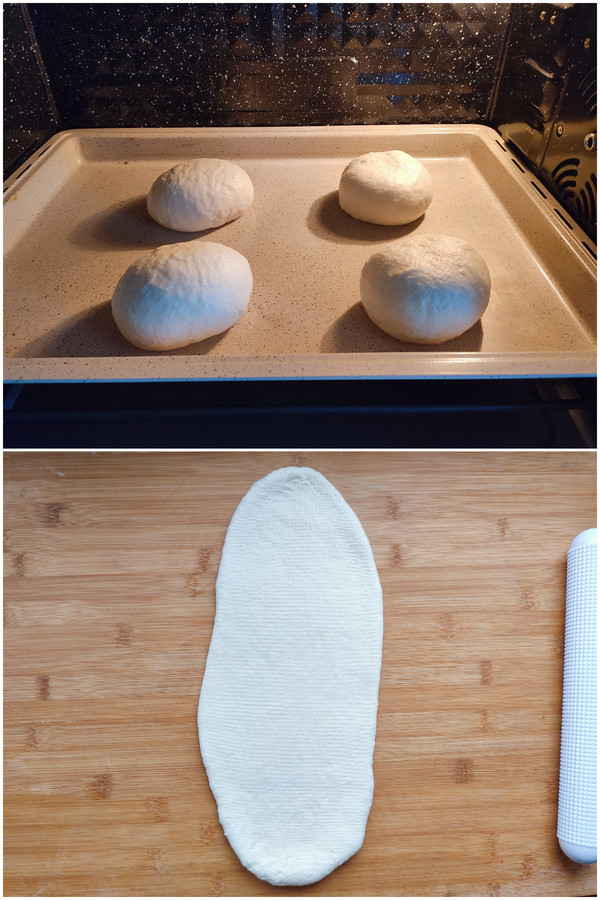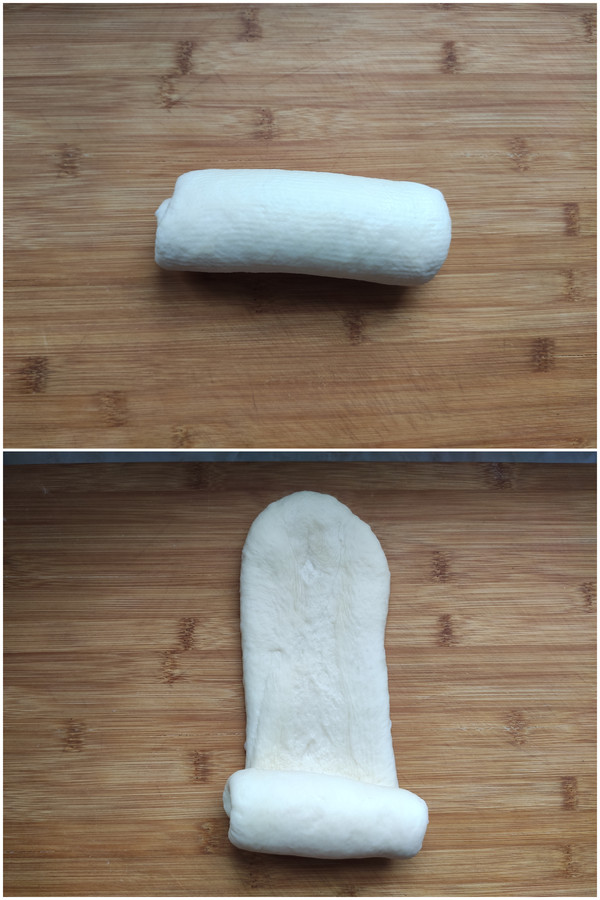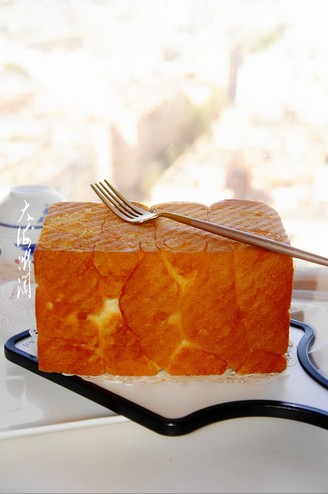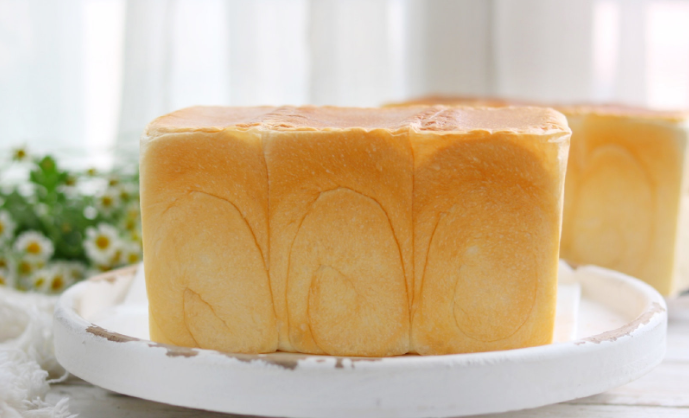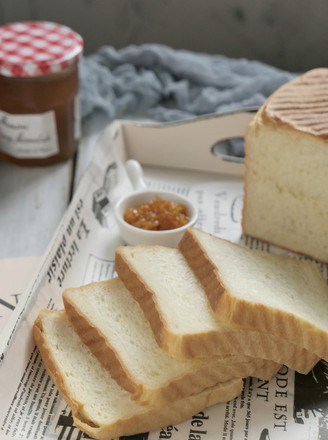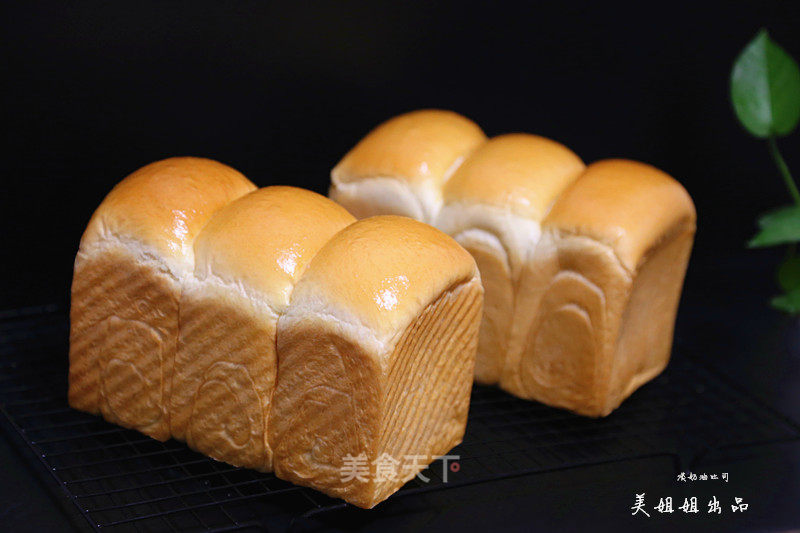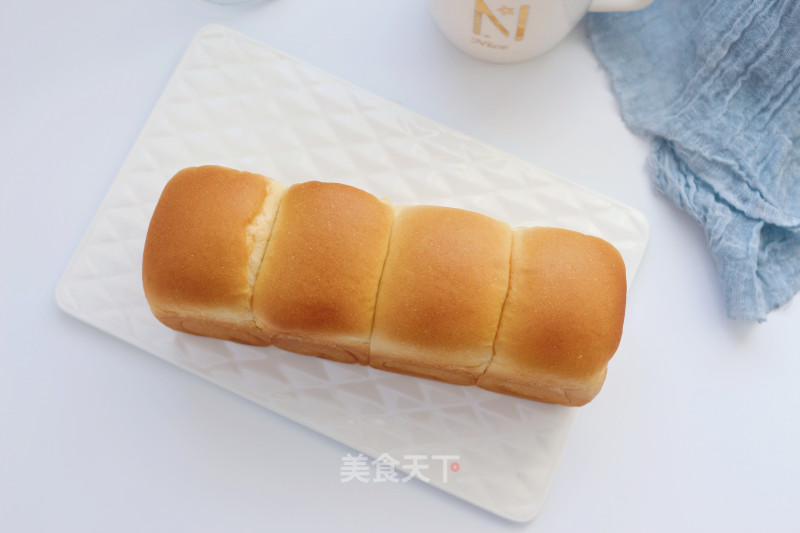Japanese Raw Toast
1.
Prepare various ingredients, cut the butter into thin slices and soften it at room temperature.
Because different flours have different water absorption and protein content, if you use other flours, please adjust the amount according to the state of the dough.
2.
Kneading: Pour Japanese toast powder, skimmed milk powder, salt, whipped cream, condensed milk, and honey into the mixing tank of the chef's machine in sequence. Then pour room temperature clean water, stir evenly with K paddle at low speed, add fresh yeast (or yeast powder) and mix into a dough.
Change the dough hook to the cook machine, adjust it to high speed, and beat the dough to 50% to 60% gluten, that is, the thick film can be opened, but the edge of the fracture is in a jagged state.
3.
At this time, pour in the white granulated sugar, stir at low speed to make the sugar stick to the surface of the dough, and then stir at high speed until the sugar and the dough are fused, and the granularity of the sugar cannot be felt, then pour the softened butter.
Stir at low speed until the butter cubes are not visible, and then beat at high speed to 90% of the tendons, that is, the smooth and thin glove film can be pulled apart, and the dough is completed.
4.
The dough is lifted, rounded, and put into the proofing box (or use the fermentation function of the household oven). Set the fermentation temperature to 28 degrees, humidity to 80%, and the first fermentation for 60 minutes.
Once the dough has been fermented to twice its size, you can poke it with your finger. If there are clear fingerprints, you can take it out. The first fermentation is over.
5.
Divide the large dough into 4 pieces of 240 g, briefly round the dough, put it back into the proofing box, and relax for about 20 minutes. The relaxation temperature is still 28 degrees, and the humidity remains unchanged at 80%.
Take out the awake dough and roll it for the first time. Gently pat the round dough flat, and use a rolling pin to evenly roll it out into long strips.
6.
Turn the smooth side down, roll it up from top to bottom, roll it into a long strip, put it back into the proofing box, and relax for another 20 minutes (the temperature and humidity of the proofing box remain unchanged).
Roll the second time: continue to press the long roll gently, roll it into a rectangular shape with the smooth side facing down, and roll it into a cylindrical shape.
7.
Molding: Put two 240g cylindrical rolls into a 450g toast box.
Final fermentation (second fermentation): Put the two toast boxes in the baking tray, put them into the proofing box, set the temperature to 35 degrees, the humidity to 80%, and ferment for about 50-60 minutes.
8.
Baking: Ferment to 80% full (about 2 cm from the edge of the mold), close the lid and bake.
Tips: If it is a commercial open-hearth furnace: 170 on the fire, 250 on the lower fire, and bake for 30 minutes; if it is a domestic oven: fire up and down 180 degrees, bake for 30 minutes (the specific time and temperature should be adjusted according to the actual furnace temperature, and it is necessary before baking. Preheat the oven in advance, 15 minutes for commercial open-hearth ovens, and 5 minutes for domestic ovens).
After baking, take it out, remove the lid, shake the mold, and pour it on a drying net to let cool.


Tips:
hint:
1. Because whipped cream and condensed milk are generally stored in cold storage, use room temperature water when making noodles. At this time, the temperature of the dough should not be lower than 16 degrees, which will affect the yeast fermentation. The dosage of fresh yeast and yeast powder is generally 4:1.
2. The gluten can be beaten to 90% of the gluten, otherwise it will be easy to fill the mold during baking, and there will be no rounded corners and golden threads.
3. When starting the vat, the dough temperature should not exceed 28 degrees, so as to prevent the temperature from being too high and premature fermentation, which will affect the effect of the finished product. In order to ensure humidity, you can put a cup of hot water in the oven.
4. Preservation of toast: After cooling completely, slice it, seal it, and store it in a frozen state. When you want to eat, put it back in the oven and re-bake it (spray a little water mist on the surface), or steam it in a steamer for 3-5 minutes to restore its soft texture. Note: Refrigeration will quickly age the starch and affect the taste.

